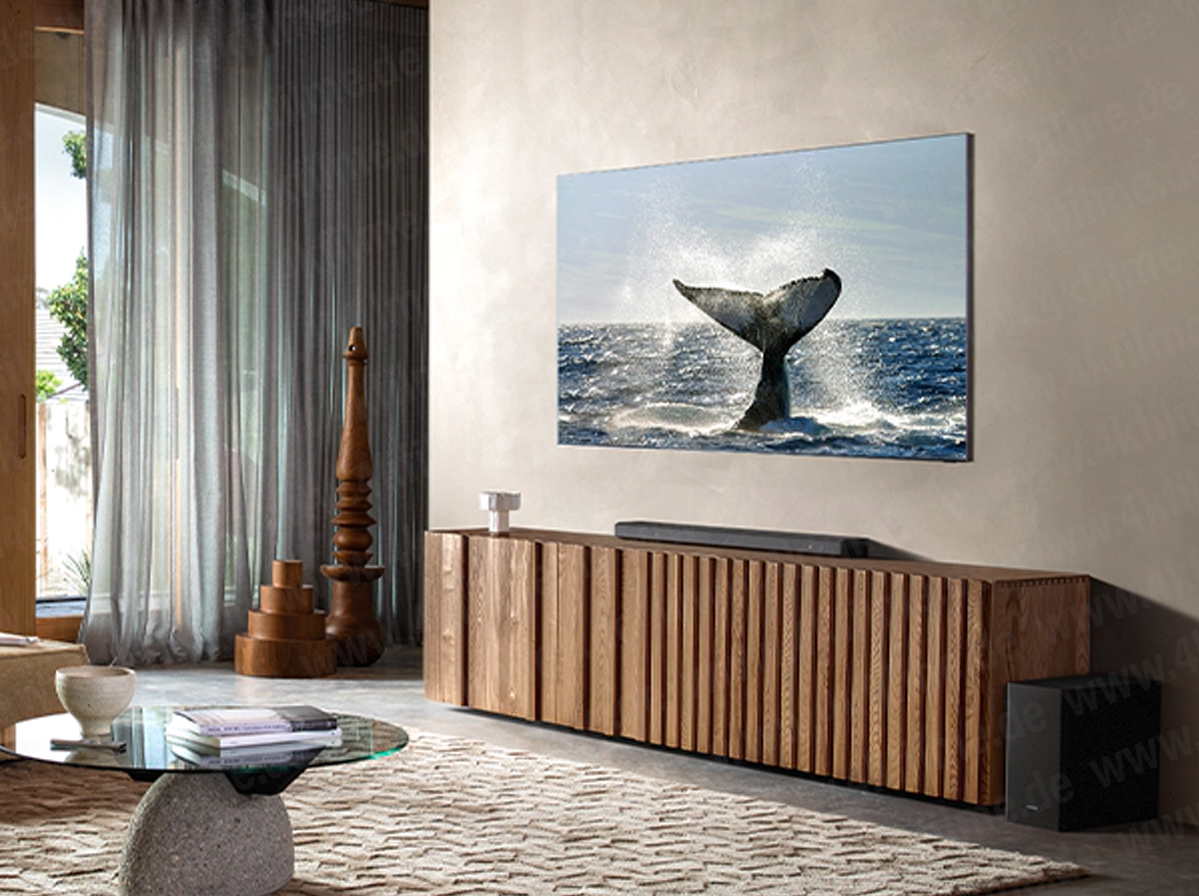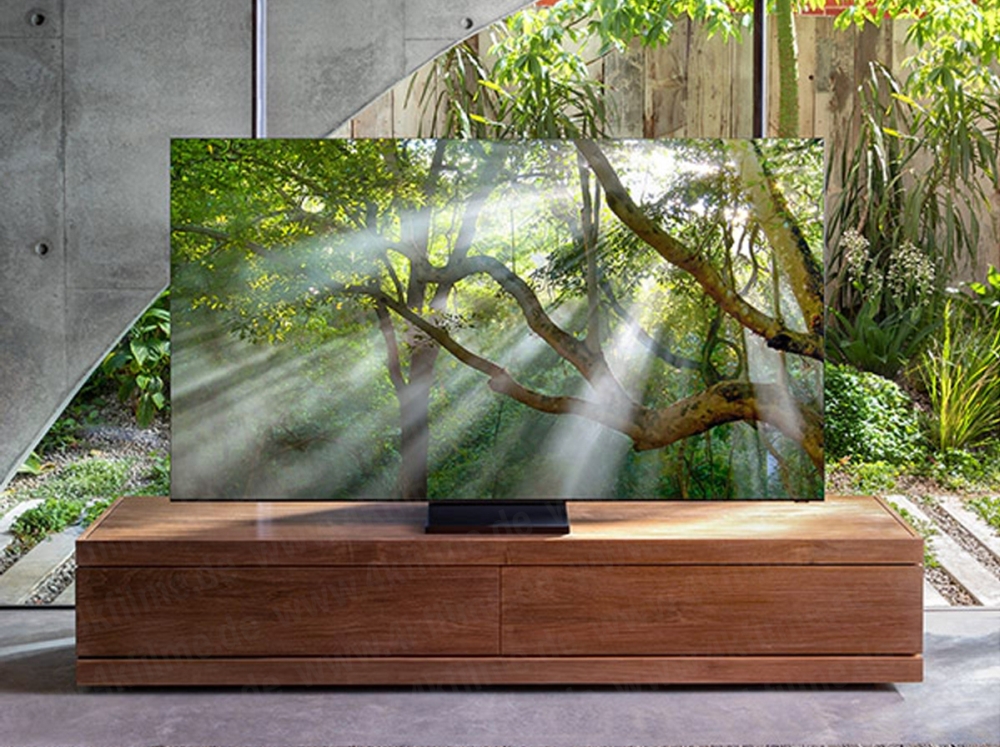It was previously rumoured that Samsung was to unveil a brand new bezel-less TV at CES 2020 this year. The company, on its official Korean website, decided to release official details of the TV in advance, prior to its First Look showcase during the event held at Las Vegas.
The new Q950TS TV will be an 8K QLED with 99 percent screen estate, thanks to its extremely thin bezels that measures at only 2.3mm. On top of that, the television itself is at 15mm which makes it impressively thin as well.
Like Samsung’s previous QLED TVs, the new bezel-less TV features quantum dot colour and full-array local dimming that enhances visuals by providing accurate colours, and preserving details. The Q950TS also includes the Adaptive Picture setting that automatically adjusts screen brightness and contrast based on its surroundings, which allows it to provide a wide viewing angle for TV viewers.

Also similar to last year’s Samsung 8K TVs, the new device will feature AI-powered upscaling technology that enhances low definition content to its 8K resolution. Additionally, the TV features the new “AI ScaleNet” technology that prevents data loss while video streaming content, which allows it to upscale and preserve its quality as well. So far, the first video streaming service confirmed to support this technology will be Amazon Prime Video, but we could expect services such as YouTube and Netflix to follow suit in the near future.
Audio-wise, the bezel-less Q950TS TV features Object Tracking Sound Plus (OTS+) which simulates 5.1 surround sound by identifying moving objects on screen and outputting audio accordingly and realistically. Samsung is also debuting the previously rumoured “Q-Symphony” technology that optimises audio output by simultaneously synching TV speakers and a connected soundbar for a richer experience.

The company has not fully disclosed on the new Q950TS TV’s exact pricing, but stated that it is slated to be shipped out in spring 2020. Samsung has not mentioned any plans for a global release either, but it’s expected that regions such as South Korea and the US to receive the TV first.
(Source: Samsung.)
Follow us on Instagram, Facebook, Twitter or Telegram for more updates and breaking news.



